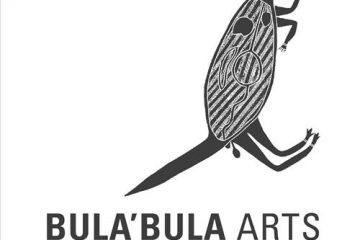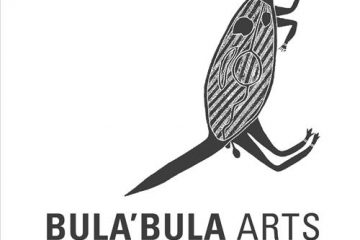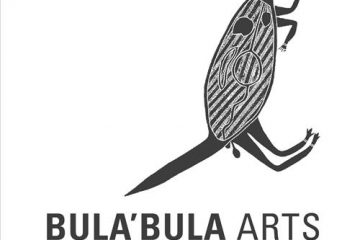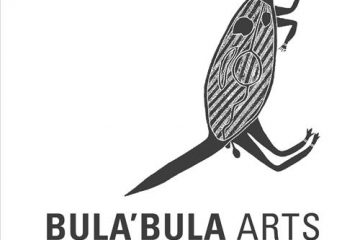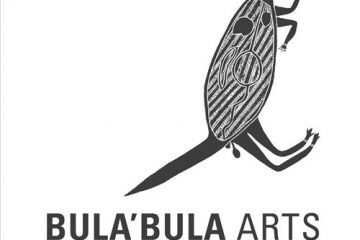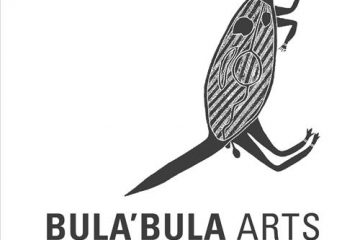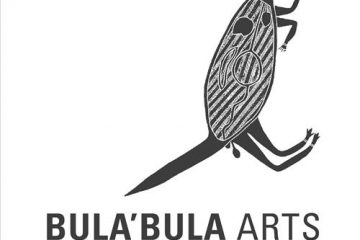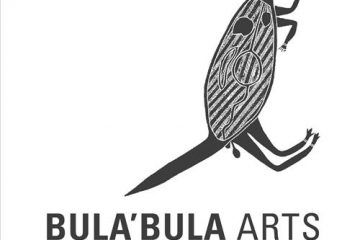Bula'bula Arts
115682398277
Gananhdharr (white heron) This sculpture represents the Gananhdharr song line. Gananhdharr (white heron) can be seen at low tide searching for goya (fish) particularly garkuyi (mullet). They hunt alongside their ŋäṉḏi (mother), Ngulungulu (grey heron), at low tide, across the flood plains and amongst larrtha (mangroves). “When you look in Read more…
